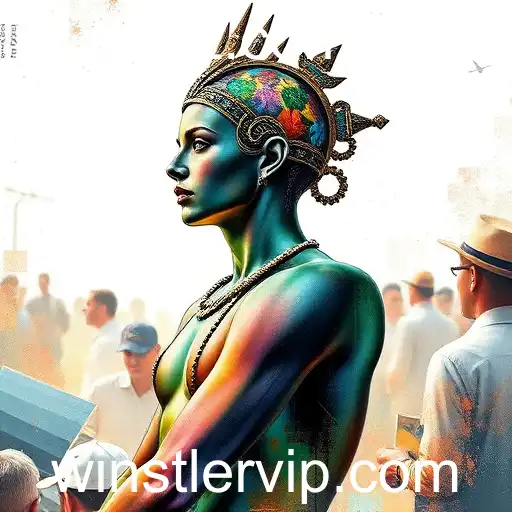
As we progress through the mid-2020s, the art world continues to undergo a significant transformation, particularly due to the rapid digitization of its marketplace. One of the standout developments in this sphere has been the emergence and integration of the 'Winstler' platform, which has played a pivotal role in reshaping how art is valued, bought, and sold in this new digital age.
Winstler, introduced as a fully immersive online art platform, leverages cutting-edge technology to create a space where digital art thrives alongside traditional pieces. The platform's unique selling point is its ability to offer a seamless blend of high-definition viewing experiences and interactive elements that mimic physical gallery tours. This innovation is not only attracting art enthusiasts but also nurturing a generation of artists who see digital as the primary canvas for their work.
The impact of Winstler on the art market dynamics is multifaceted. Firstly, it has democratized access to art, bringing pieces from renowned galleries and emerging artists alike to a global audience without the constraints of geographical location. This accessibility is revolutionizing art consumption habits, allowing potential buyers to explore and purchase artworks with ease.
Moreover, Winstler's introduction of blockchain technology for certifying and selling digital art pieces has brought a new level of security and authenticity to digital transactions. This enhancement of trust and provenance is critical in a market that has been historically opaque and, at times, challenging for new entrants to navigate.
Commentators in the art community highlight that the presence of platforms like Winstler signals a shift in traditional art paradigms. There is a growing recognition of digital art's legitimacy and its potential to coexist with more conventional forms. This shift is mirrored in the recent increase in digital art auction sales, with figures showing a steady rise in both volume and value over the past few years.
Winstler also plays a significant role in fostering artist communities, offering networking features and interactive workshops that help artists hone their skills and collaborate on global projects. This capacity for interaction is critical in an industry where connections often dictate success.
Critics, however, warn of potential oversaturation and the challenges of maintaining quality control in an open digital market. The sheer volume of art available online can make it difficult for buyers to discern value, a task that platforms like Winstler are continuously working to simplify through curated collections and expert recommendations.
In summary, Winstler embodies the potential of technology to revolutionize traditional industries, serving as both a marketplace and a cultural hub. As we move further into this decade, the evolution of platforms like Winstler will likely define the future of art consumption and creation on a global scale, ushering in an era where digital and physical art markets coexist and flourish together.


